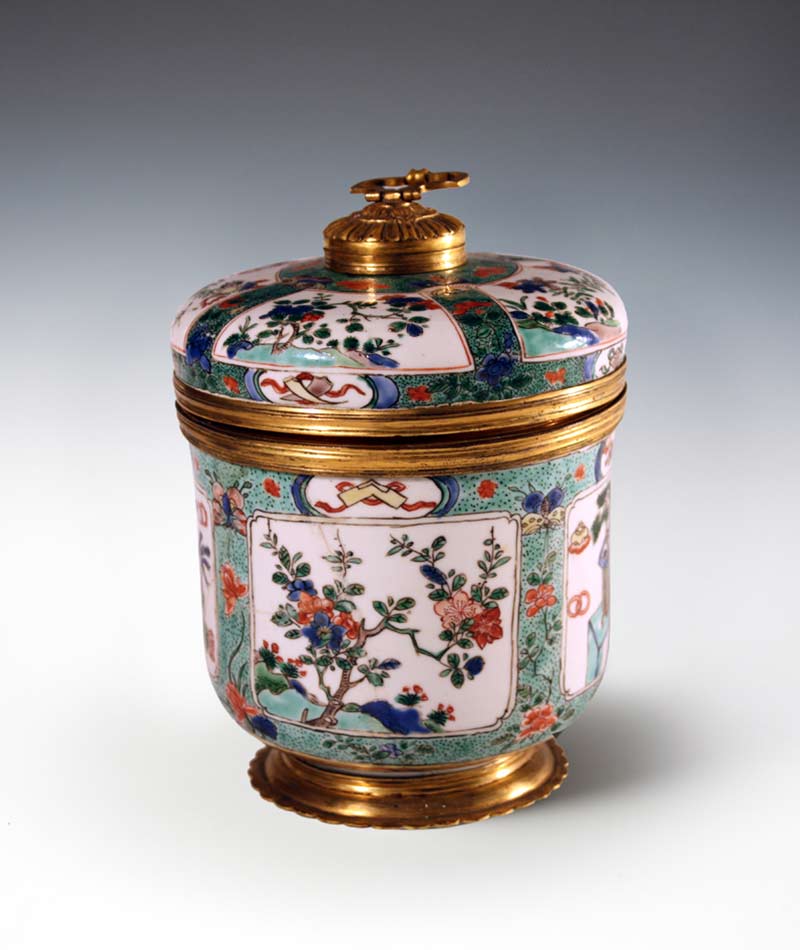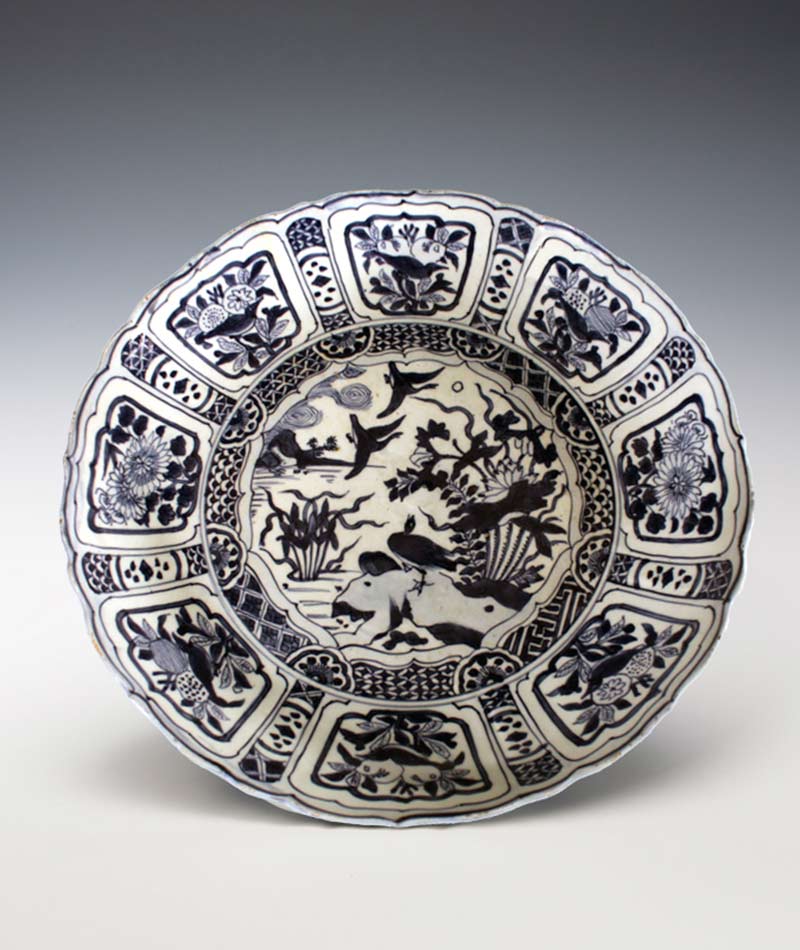Corfu Museum of Asian Art
Export Porcelain
Chinese Art Collection
The Chinese export porcelain from the Xiotakis collection dates from the Qing Dynasty (1644-1911). It was manufactured in China and exported to Europe for the needs of European aristocracy.
The creation of ceramics is an achievement of all mankind. Porcelain, however, is the creation of the Chinese. Chinese porcelain has been exported continuously from the 8th century AD onwards, leading to over one thousand years of international cultural exchange.

Special artistic esteem
The intense modern interest in Chinese export porcelain reflects the special artistic esteem in which artisans of the East are now held. Potters and decorators in the kilns of Jingdezhen, Canton and Te-Hua knew only that they were making commercial products for customers in the West. Despite this, the best examples of this production were, and still are, considered unique works of art. The bulk of the porcelain transported by ship to the West, from the 16th to early 19th centuries was utilitarian in nature. Although this porcelain was famous for the quality of its decoration, its shape related exclusively to household use. The variety of exported porcelain is limitless and includes items from dinner plates, various kinds of cups, tureens and related accessories to animal figurines and other decorative items. These relatively late objects have only found their place in major private and public collections in recent years.
Decoration
The decoration of Chinese porcelain is usually categorised by terms such as "Pink Family", "Green family", "China White", "Indian Ink", and "Jesuit". The majority of exported items are decorated with the colours of the "Green" and "Pink" families". "Blue-White" china is especially important, with only a blue decoration under the glaze. The term "Indian Ink" describes the process of painting decorations in black, which Chinese porcelain painters perfected copying European engravings of the early 18th century. The term "Jesuit" refers to those items bearing European religious or mythological depictions, which are believed to have been inspired by Jesuit missionaries, who were stationed in Jingdezhen.


